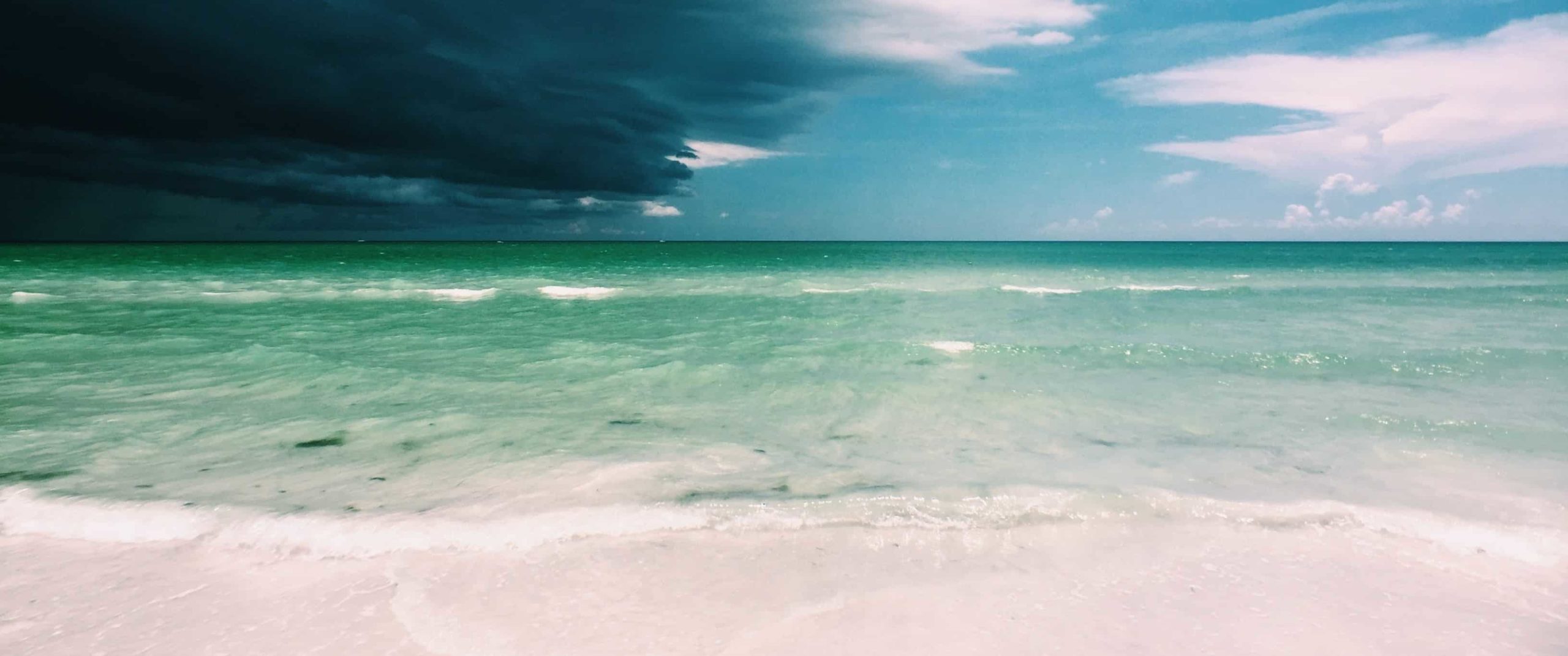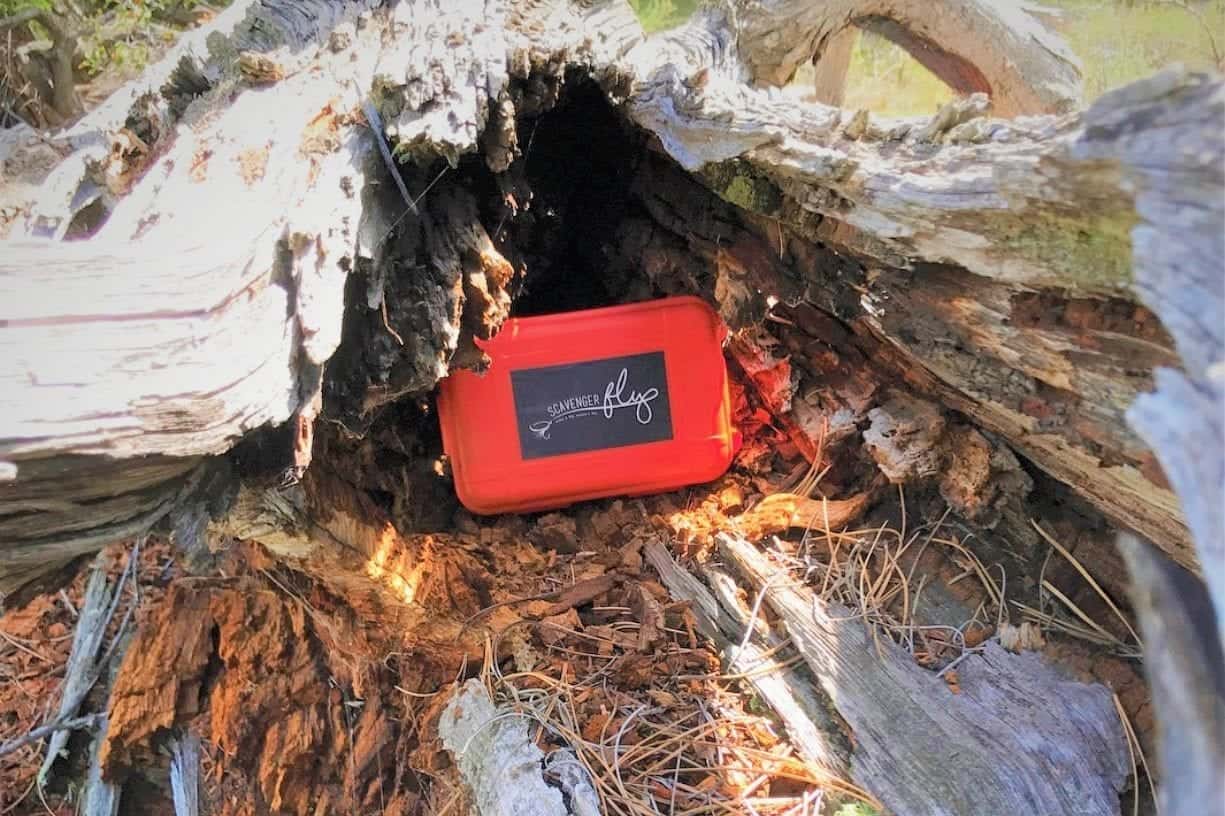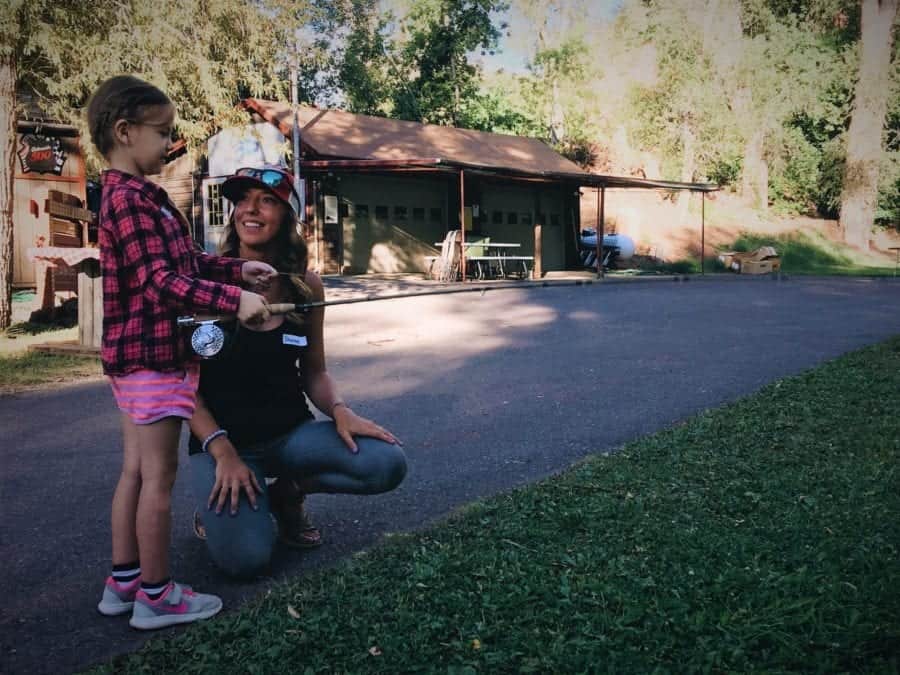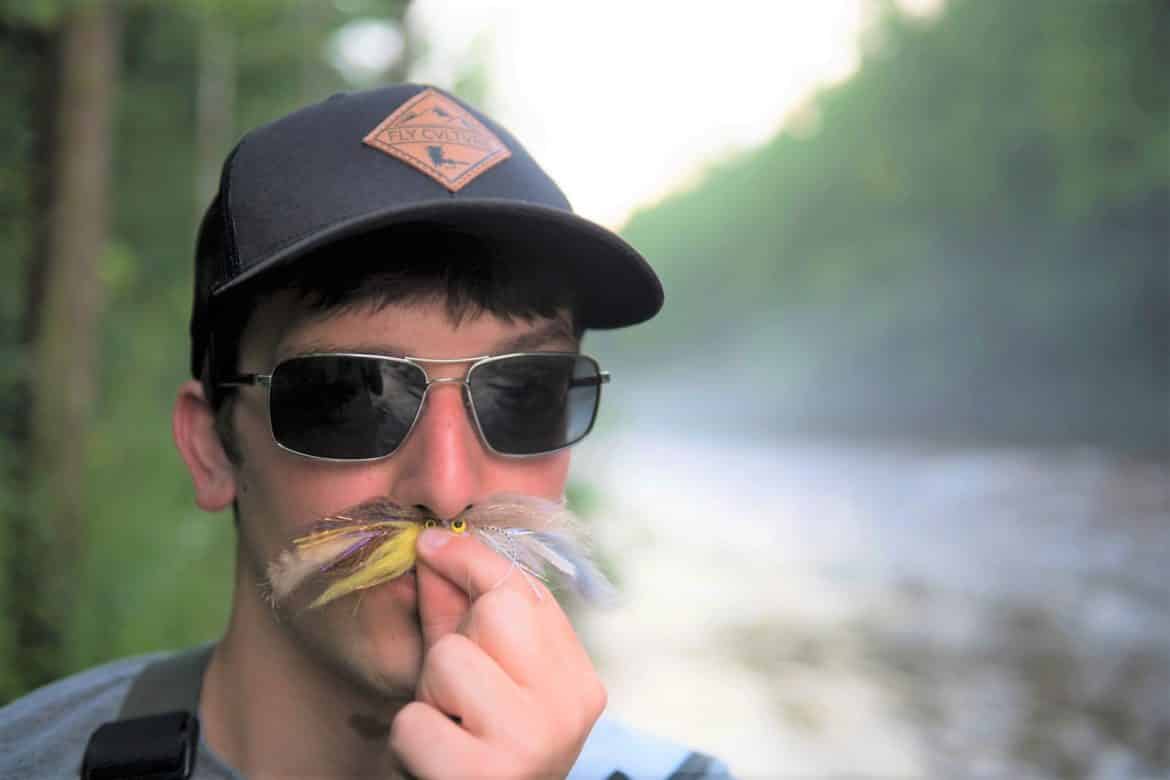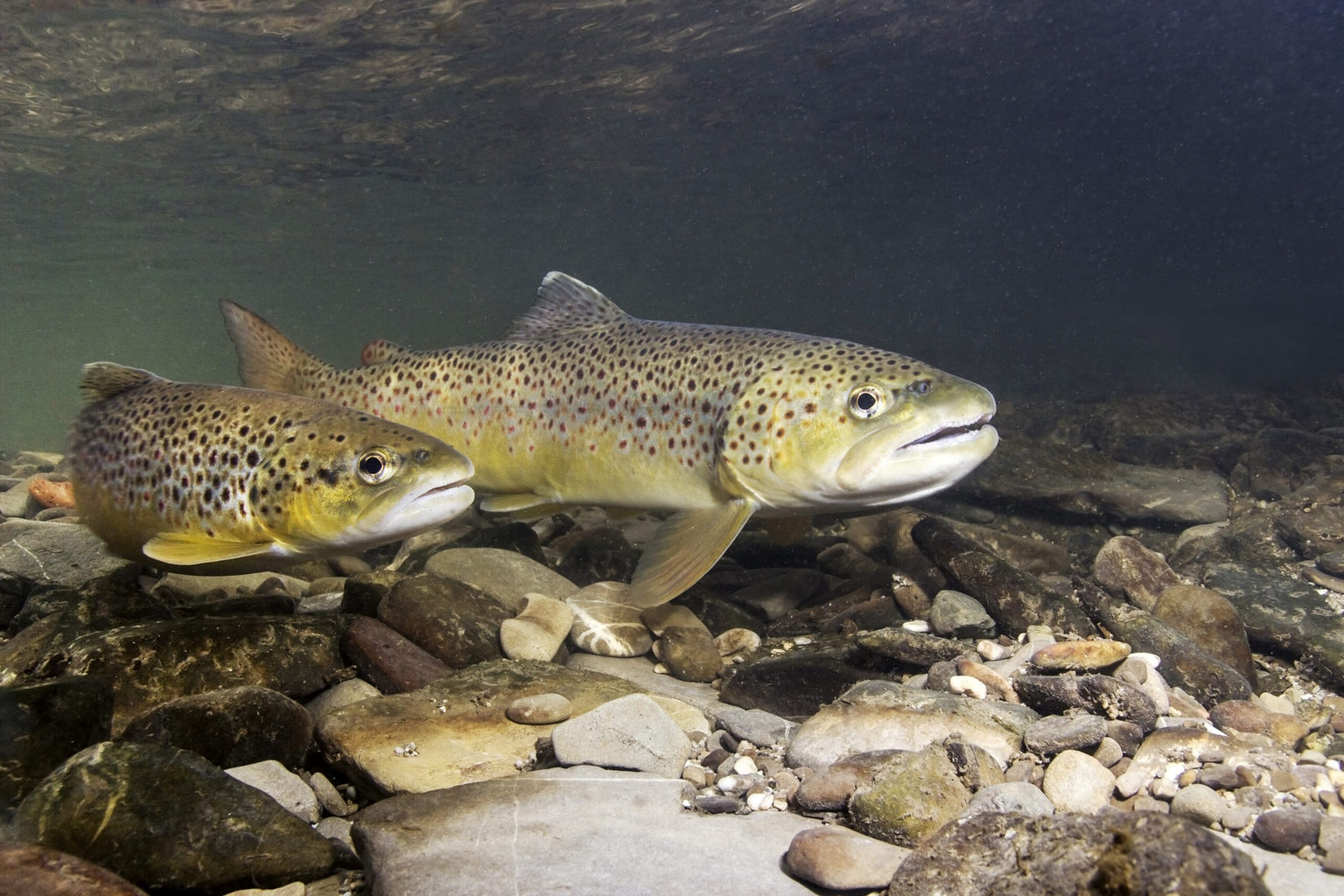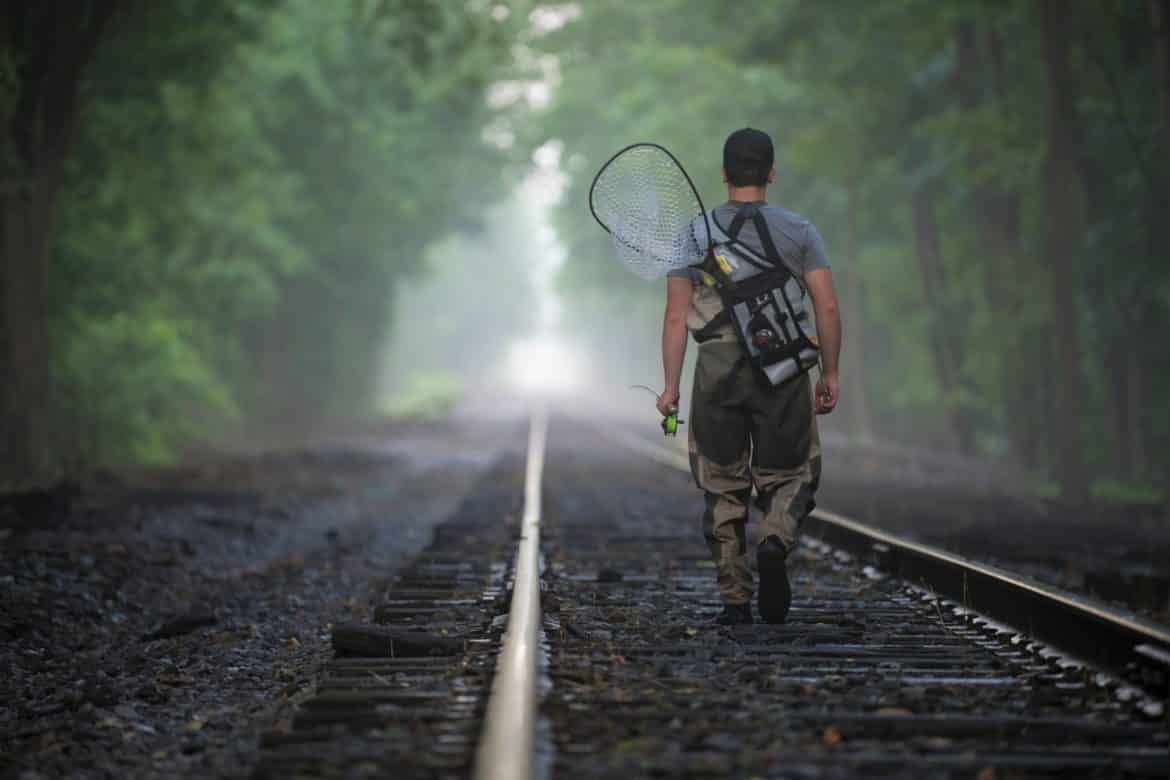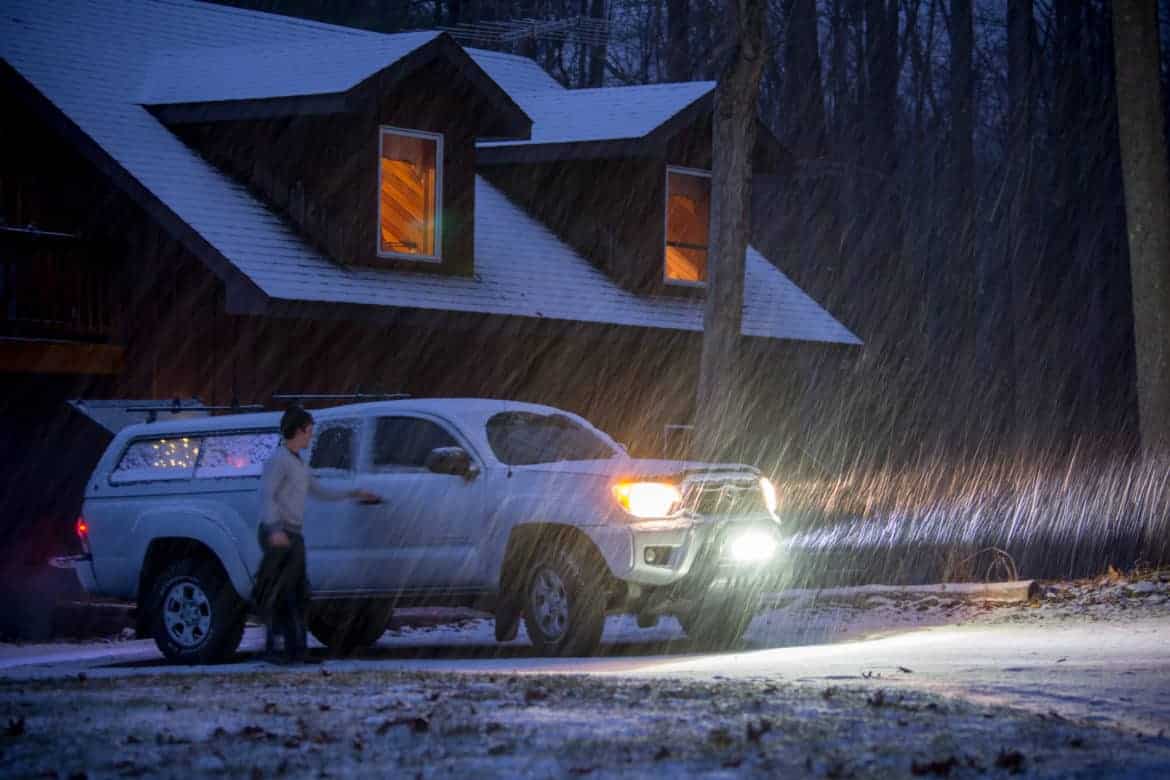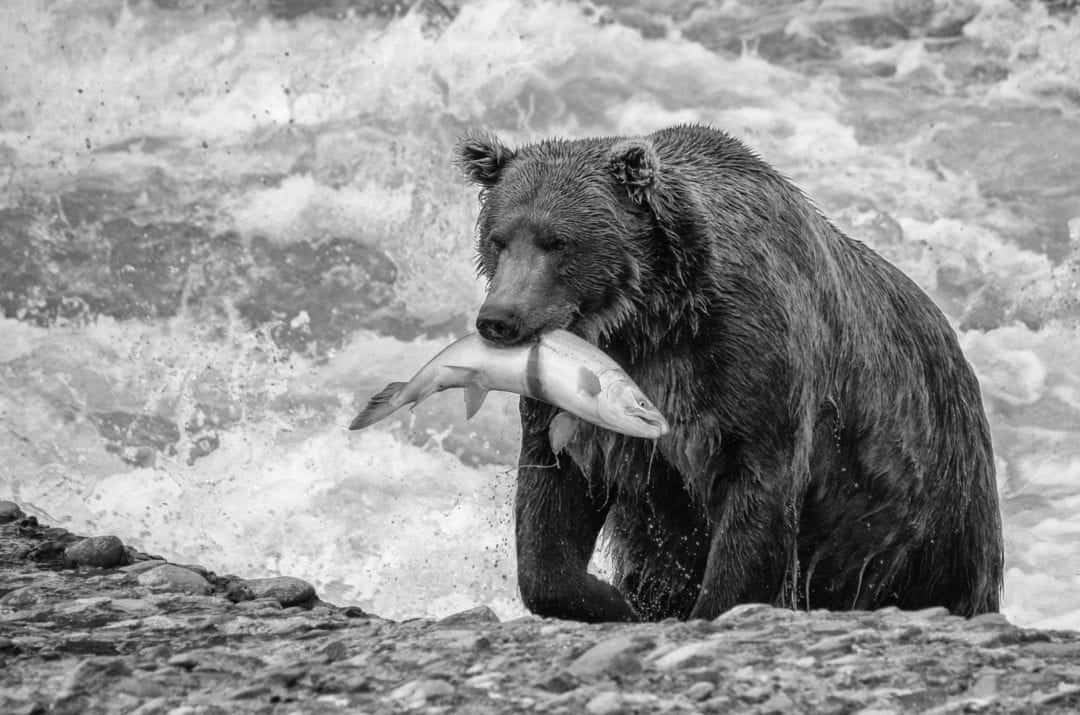How To Handle Trout Safely With Catch And Release
Trout, which are cold-water fish, are very prone to stress when they are caught and handled by anglers. Warm water temperatures can reduce the amount of oxygen in the water, making trout even more sensitive and vulnerable. This stress can have negative effects on their health and survival, leading to changes in their body functions and behavior.
The best way to help reduce stress is by practicing proper catch-and-release techniques, being mindful of how long they handle the fish, and avoiding fishing in areas with warmer water. To protect trout populations, it is important to focus on conserving their habitats, such as monitoring water temperatures and adopting sustainable water management practices.
There comes a time when the water becomes too warm to responsibly fish for trout, and it’s a tough pill to swallow.
As trout anglers we have a duty to ensure that the fish we catch are handled with as much care as possible. It’s a task that becomes taller as the dog days of summer creep closer. While there might be a time that fishing shuts down completely, here are a few tips to extend the season by safely handling trout when they hit the net.

Keep Em Wet!
Fish should be left in the water as much as possible when the water becomes akin to a bath. As you remove the hook and handle the fish, make sure to keep the trout’s gills and mouth submerged under the water the entire time.
A rubber mesh landing net helps quite a bit in this regard, and popping the hook out while the fish rests gently helps their survival rate tremendously. Any fish that needs the use of forceps or further handling should receive the benefit of a wet hand and relaxed grip.

Limit Water Temperatures: 70°F (21°C)
In trout fishing, a threshold to keep in mind is the “do not fish” limit, which is generally considered to be around 70°F (21°C) water temperature. This rule applies to brown trout, brook trout, and even rainbow trout, which are able to live in higher water temperatures. In general, when water temperatures are 67°-70° or higher, do not fish.
Beyond this temperature, trout become more susceptible to stress, and their chances of survival decrease. Warmer water holds less oxygen, making it harder for trout to breathe and causing additional strain on their bodies. To ensure the well-being of trout populations, it is important for anglers to avoid fishing when water temperatures exceed this limit. By respecting this threshold, we can help preserve the health and sustainability of trout ecosystems.


Always Wet Your Hands
Trout possess a delicate layer of slime and skin, making them highly sensitive to handling. This slimy coating serves as a protective barrier against infections and parasites. When you handle trout, it is crucial to wet your hands before touching them. Wetting hands helps maintain the integrity of the slime layer, preventing damage and reducing stress to the fish. By wetting your hands, you help contribute to the overall well-being and survival of trout populations.
Furthermore, it is advisable not to handle trout with gloves. Gloves are highly abrasive and will surely wipe away a trout’s protective slim coating.

Avoid The Gills
When handling trout, it is crucial to not grip them by their gills, as these delicate structures are vital for their breathing. The gills are responsible for extracting oxygen from the water, and oxygen levels can be higher or lower depending on the temperature of the water. Any damage to the gills can impair their ability to respire properly, leading to severe difficulties in obtaining oxygen. This can have grave consequences for the trout, potentially resulting in suffocation and even death.
To ensure the well-being of trout, it is essential to handle them with care and avoid any contact with their gills. Instead, support the fish firmly but gently using wet hands, ensuring that your fingers or hands do not come anywhere near their gill area. Safe spots to hold a fish are directly at the dorsal fin and in front of the tail. By doing so, you protect the delicate gill structures from harm, allowing the trout to continue breathing and maintaining its health.
Remember, the gills are not just external appendages but intricate respiratory organs that enable trout to breathe underwater. Any injury to the gills can compromise their functionality, hindering the trout’s ability to extract oxygen efficiently.

Limit Your Pictures
Keeping the camera or phone stowed away is sometimes easier said than done, but it can be in the best interest of the fish! Lifting the fish up out of the water for even a few seconds can be disastrous for its health. If an extraordinary trout is landed and a picture is needed, keep the fish in the net while the camera is prepared and focused.
Once everything else is in place lift the fish up gently for less than five seconds and snap as many photos as you’d like! If the trout is airborne for any longer than five seconds the chances of survival are diminished greatly.

Go Barbless
While fishing with barbless flies is always a good idea, it becomes even more important during the heat of summer. The most stressful moments for the fish come once it lands in the net and require our attention. In most cases it’s not entirely necessary to land the fish and some long distance releases are in the best interest of both fish and anglers. This is commonplace when fishing with barbless flies.
Here are a few more tips:
- Use heavy enough tippet to land fish quick! Overplaying puts a great deal of stress on trout.
- Revive every fish caught, even you think they don’t need it!
July and August are the most dangerous months for trout. Water warms to dangerous levels and despite our best efforts, some of the caught fish won’t make it. Follow these tips to make sure we do everything possible to keep the trout out of harm’s way and safe to be caught another day!



